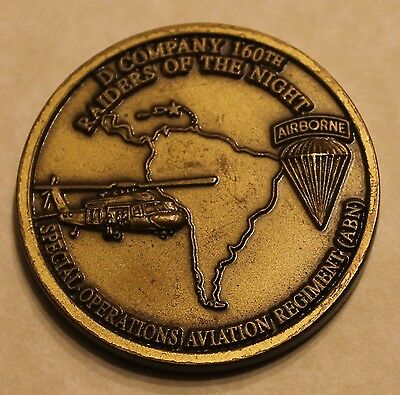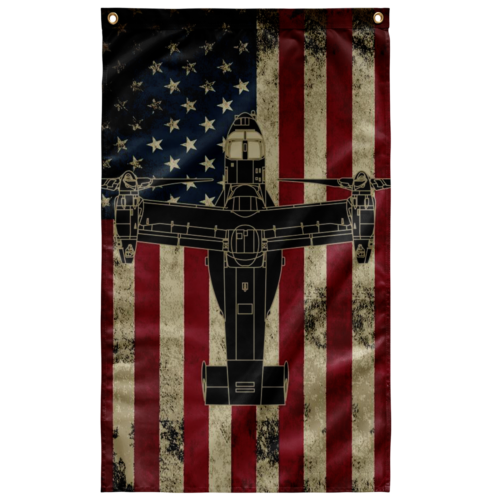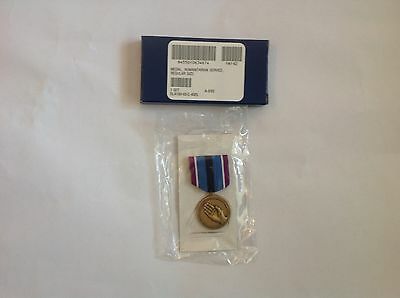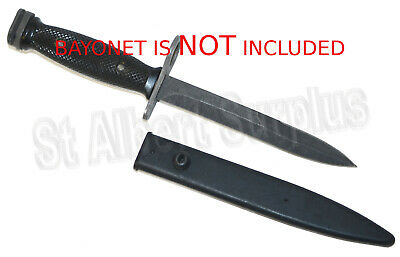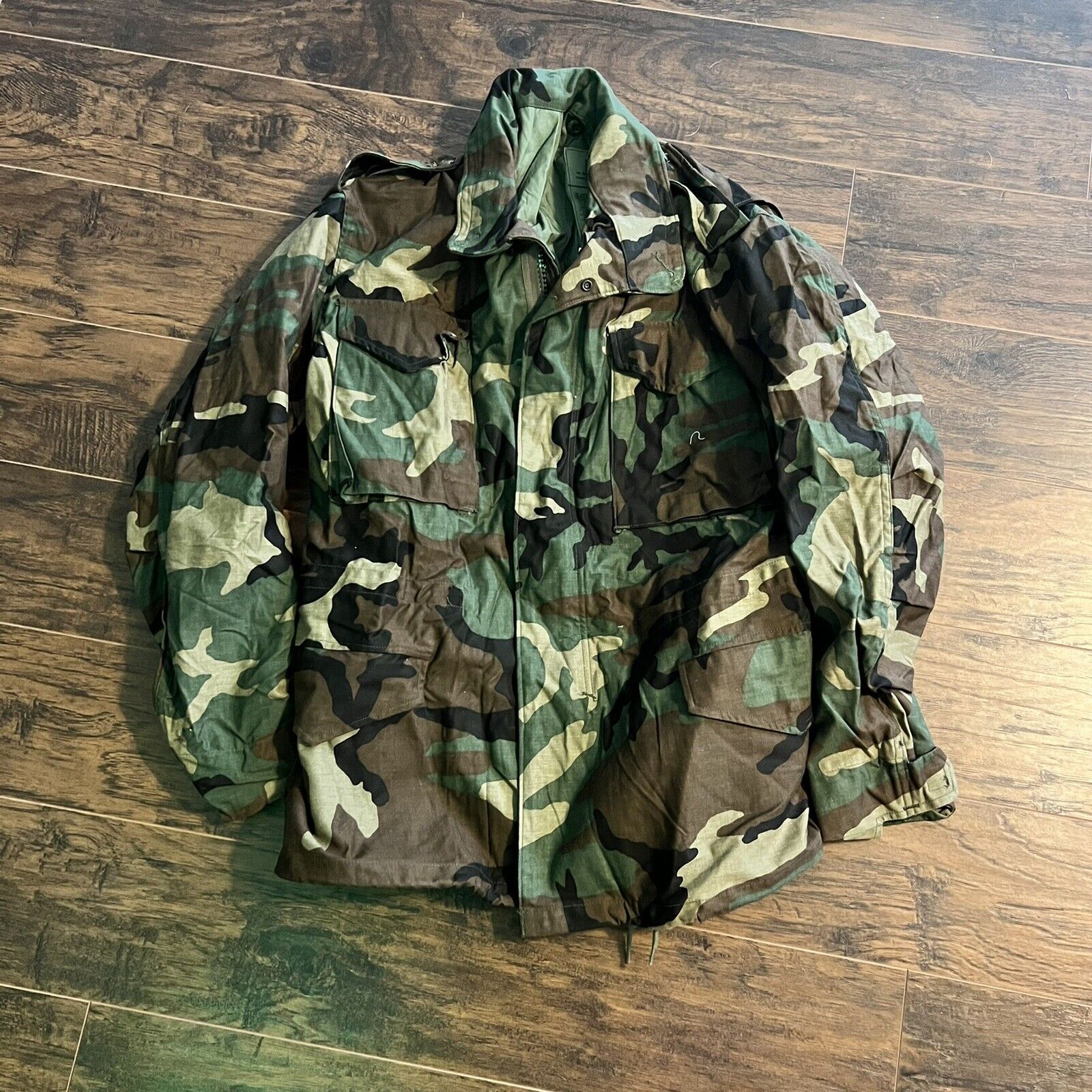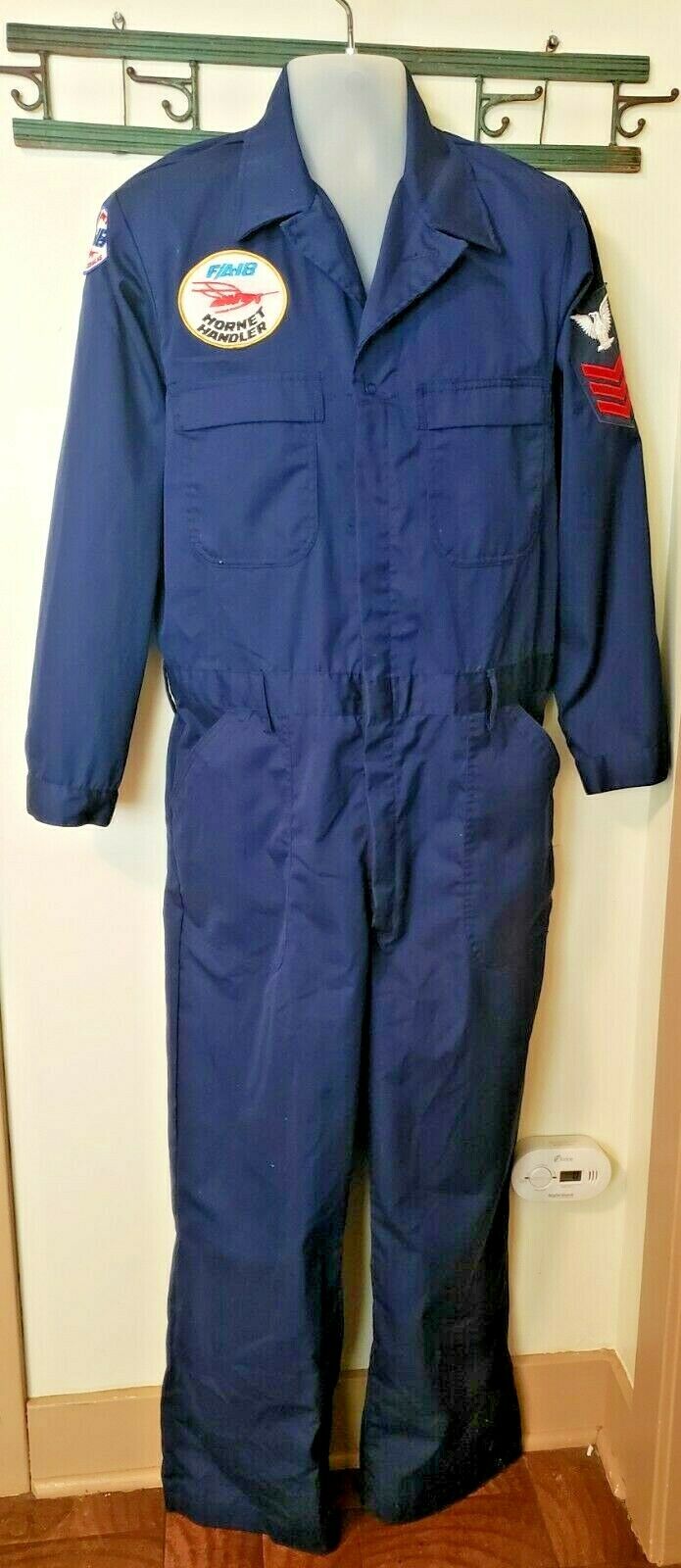-40%
160th SOAR Night Stalkers D Company SOCSOUTH Army Challenge Coin / TF / Airborne
$ 92.4
- Description
- Size Guide
Description
160th Special Operations Aviation Regiment (SOAR)Airborne
D Company
Radiers of the Night
Night Stalkers
Don't Quit
Death Waits In The Dark
Army Challenge Coin!
Condition:
Used and in good shape. Please see pictures.
This coin is 1 1/2 inches in diameter.
D Co. retired into Night Stalker history
Discussion in '
160th SOAR
' started by
Ravage
,
Apr 30, 2008
.
HUNTER ARMY AIRFIELD, Ga. (USASOC News Service, April 30, 2008) – D Company, 3rd Battalion, 160th Special Operations Aviation Regiment (Airborne), was officially de-activated in a ceremony on April 24, 2008, at Hunter Army Airfield, Ga.
“You, Gentlemen, are the mold that we break today,” said Maj. Chad Chasteen, the last D. Co. commander, to his company formation. “You represent the 21-year lineage of this outstanding organization and you represented it well. There is simply none better.”
Lt. Col. Walter Rugen, 3rd Bn. commander and former D Co. commander, reflected on the “Raiders” contribution to the 160th and the special operations mission.
“This team was born and thrived in Panama and that tradition carried on in Puerto Rico and is the embodiment of what we in our community are always trying to attain: that of a pure habitual relationship born of training, living, sleeping, eating and fighting,” he said.
“This is what cannot and will not be cased or drawn down as D/160 goes.”
The company began as the 617th Aviation Detachment Special Operations (Airborne) on June 21, 1987, at Howard Air Force Base, Panama. The unit was comprised of former elements of Task Force 160, the 129th Special Operations Aviation Company, Special Forces Group Flight Detachments and volunteers from the 1st Bn., 228th Aviation Regiment.
On July 27, 1994, the detachment was re-designated D Co., 160th SOAR. The company was the first forward-based Army Special Operations Aviation unit, pioneering the way for overseas organizations. As mission requirements changed over the years, D Co. flexed to meet the demand. The company was re-located to Naval Station Roosevelt Roads, Puerto Rico, in 1999 and then moved to Hunter Army Airfield and 3rd Bn, 160th SOAR in 2003. D Co., 3rd Bn., had a dual mission supporting both U.S. Southern and Central commands during its last five years.
During this time, the Night Stalkers of D Co. supported special operations ground forces form 3rd Special Forces Group and the Navy SEALS in Central and South America. They also simultaneously supported U.S. Central Command over the past several years deploying in support of operations Enduring and Iraqi Freedom.
“We deactivate today while some members of our company are deployed to combat and others are preparing to leave,” Chasteen told his men. “A small formation is a fitting tribute to your incredible OPTEMPO (operations tempo) and continuous commitment to the good fight. I am proud to say that I fought with you.”
The company was de-activated as part of the overall 160th transformation plan, which will re-organize 3rd Bn. to meet the Regiment’s overall growth and mission focused structure. Rugen said that transformation is painful, but there is much to be gained as well.
“When we look back years from now, we will realize that as a Regiment we had the fortitude, foresight and courage to change,” he reflected. “We will see the D/160th legacy, its team of teams re-created multiple times over in new formations."
Chasteen reminded the audience that Special Operations Command South (SOCSOUTH) is not losing their aviation fighting force, rather gaining a more focused group of Warriors to continue executing the mission.
“We look forward to continuing the old relationship (with SOCSOUTH) under a new name,” he said. “(The commander of) SOCSOUTH didn’t lose D Co. today; he gained Charlie 3 (C Co., 3rd Bn.).”
Every Soldier from D Co. will remain a Night Stalker. Some will make a short move to C Co., 3rd Bn., whose 3rd platoon will now solely handle the SOCSOUTH aviation mission. Others will fill vital evolving roles in 4th Bn. at Fort Lewis, Wash.
(REF:
http://www.shadowspear.com/vb/threads/d-co-retired-into-night-stalker-history.2290/
)
The
160th Special Operations Aviation Regiment (Airborne)
is a special operations unit of the United States Army that provides helicopter aviation support for general purpose forces and Special Operations Forces. Its missions have included attack, assault, and reconnaissance, and are usually conducted at night, at high speeds, low altitudes, and on short notice. The 160th SOAR is headquartered at Fort Campbell, Kentucky. The 160th SOAR (A) are also known as the
Night Stalkers
and their motto is
Night Stalkers Don't Quit
.
Overview
The regiment consists of four "operations" battalions: the 1st and 2nd at Fort Campbell, the 3rd at Hunter Army Airfield, Georgia, and the 4th at Joint Base Lewis-McChord, Washington.
The 160th SOAR (A) consists of the Army's best-qualified aviators and support soldiers. Officers volunteer while enlisted soldiers volunteer or are assigned by the U.S. Army Human Resources Command. All soldiers receive intensive training upon joining the 160th and are required to pass the Green Platoon course.
[2]
The basic Night Stalker course for enlisted soldiers lasts five weeks; the officer course lasts 20 to 28 weeks. A new Night Stalker arrives to his unit Basic Mission Qualified (BMQ), after a series of test qualifications, experience and leadership, the Night Stalker is designated Fully Mission Qualified (FMQ). After three to five years as an FMQ, the Night Stalker will have the chance to assess for flight lead qualification. The160th recruits women, though only for staff positions.
[3]
Equipment
The 160th SOAR fly MH-47G Chinooks, A/MH-6M Little Birds, MH-60K Black Hawks and MH-60L Black Hawks.
History
After the 1980 Operation Eagle Claw attempt to rescue American hostages held in Tehran, Iran, President Jimmy Carter ordered former Chief of Naval Operations Adm. James L. Holloway III to figure out how the U.S. military could best mount another attempt. At the time there were no U.S. helicopter units trained in this kind of stealthy, short-notice Special Operations mission.
The Army looked to the 101st Aviation Group, the air arm of the 101st Airborne Division (Air Assault), which had the most diverse operating experience of the service's helicopter units, and selected elements of the 158th Aviation Battalion, 229th Aviation Battalion, and the 159th Aviation Battalion. The chosen pilots immediately entered intensive training in night flying.
This provisional unit was at first dubbed Task Force 158 since the majority of the pilots were Blackhawk aviators detached from the 158th. Their distinctive 101st "Screaming Eagle" patches remained on their uniforms. The Blackhawks and Chinooks continued to operate around Campbell Army Airfield at the north of post, and Saber Army Heliport at the south. The OH-6 Cayuse "Little Birds", an aircraft vanished from the Division's regular inventory after Vietnam, were hidden out by the ammunition holding area at spot still known as the "SHOC Pad", for "Special Operations Helicopter Company".
As the first batch of pilots completed training in the fall of 1980, a second attempt to rescue the hostages was planned for early 1981. Dubbed Operation Honey Badger, it was called off when the hostages were released on the morning of President Ronald Reagan's inauguration.
The capability gained was judged too important to future contingencies to lose. The new unit was quickly recognized as the Army's premier night fighting aviation force, and its only Special Operations Aviation force. The pilots and modified aircraft would not be returned to the 101st. Original members of the Night Stalkers refer to it as "the day the Eagles came off". The 101st's patches came off, the personnel and equipment would be reassigned, and a new tradition was born. The unit was officially established on 16 October 1981, when it was designated as the 160th Aviation Battalion.
The 160th first saw combat during 1983's Operation Urgent Fury, the U.S. invasion of Grenada.
In 1986, it was re-designated as the 160th Aviation Group (Airborne); and in May
1990, the 160th Special Operations Aviation Regiment (Airborne). As demand for highly-trained Special Operations Aviation assets bloomed, the regiment activated three battalions, a separate detachment, and incorporated one Army National Guard unit, the 1st Battalion, 245th Aviation (OK ARNG).
In 1987 and 1988, its pilots took part in Operation Earnest Will, the protection of re-flagged Kuwaiti tankers in the Persian Gulf during the Iran–Iraq War. They flew from US Navy warships and leased oil barges in a secret sub-part called Operation Prime Chance, and became the first helicopter pilots to use night vision goggles and forward looking infrared devices in night combat.
In June 1988, the unit executed Operation Mount Hope III. Two MH-47 crews flew 490 miles (790 km) deep into Chad to retrieve a crashed Mi-24 Hind medium-attack helicopter.
The Night Stalkers spearheaded Operation Just Cause, the 1989 invasion of Panama, and they were also used in Operation Desert Storm in 1991.
In October 1993 in Somalia, Night Stalkers became involved in the Battle of Mogadishu, which later became the subject of the book
Black Hawk Down
, and its film adaptation. Two Night Stalker Black Hawks, Super 6-1 (piloted by Cliff Wolcott), and Super 6-4 (piloted by Mike Durant), were shot down in the battle. Five of the eighteen men killed (not counting a nineteenth post-operation casualty) in the Battle of Mogadishu were members of the SOAR(A) Night Stalkers team, who were lost along with the two Black Hawks.
Afghanistan 2001: On 19 October an MH-47E carrying ODA 595 landed at Dehi. They flew over 150 miles from Karshi-Khanabad (K2) in Uzbekistan. A few weeks later ODA 595 and ODA 555 along with the Northern Alliance retook the city of Mazari Sharif from the Taliban.
In December the same year Night Stalker crews were essential in resupplying over 150 Delta Force, British SBS and CIA SAD operatives during their hunt for Osama bin Laden in the Tora Bora mountain complex.
[5]
Philippines, 2002: Chinook helicopter lost-4 killed.
[6]
Afghanistan, 2005: Eight Night Stalkers were lost along with eight Navy SEALs on a rescue mission for Marcus Luttrell, after their MH-47 Chinook helicopter was hit by an RPG (rocket propelled grenade). They were sent out to look for Luttrell after Operation Red Wings, which he was undertaking with three other SEALs, went horribly awry when their presence was revealed to the Taliban, presumably by goat herders.
The 160th provided aviation support during numerous special operations raids during the invasion of Iraq in 2003. One of them was the rescue mission of PFC. Jessica Lynch taken prisoner in 2003, the raid in Al Qadisiyah, as well as the rescue of three Italian contractors and one Polish businessman held for ransom by Iraqi insurgents in 2004.
Night Stalker helicopters were present during the 2008 SOCOM counter-terror exercises in Denver.
On 24 April 2008, Company D, 160th SOAR was inactivated at a ceremony conducted at Hunter Army Airfield, GA, as part of an overall regimental transformation plan.
[7]
The 160th SOAR also took part in the 2008 Abu Kamal raid.
On 19 August 2009, four Night Stalkers from D Company, 1st Battalion, 160th SOAR lost their lives in a MH-60 Black Hawk helicopter crash in Leadville, Colorado, during a mountain and environmental training.
[8]
The Night Stalkers provided insert and cover for the raid on Osama bin Laden's compound in May 2011.
[11]
(REF:http://en.wikipedia.org/wiki/160th_Special_Operations_Aviation_Regiment)
Combine shipping at {{detail_product_description}}.50 for each additional coin stateside.
NOTE:
Never personally given any of the coins. They are from either purchases of collections or from professional makers of military challenge coins. All coins are guaranteed to be in excellent condition unless otherwise specified above.
The accepted payments are: PAYPAL and please contact seller for other methods of accepted payment, which you may have used in past please contact me at through the eBay messaging system.
Thanks!
Powered by
eBay Turbo Lister
The free listing tool. List your items fast and easy and manage your active items.
